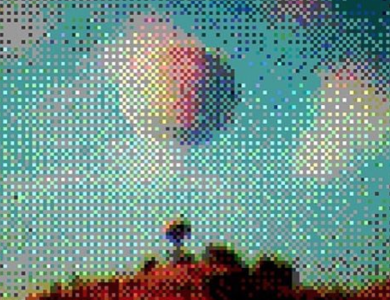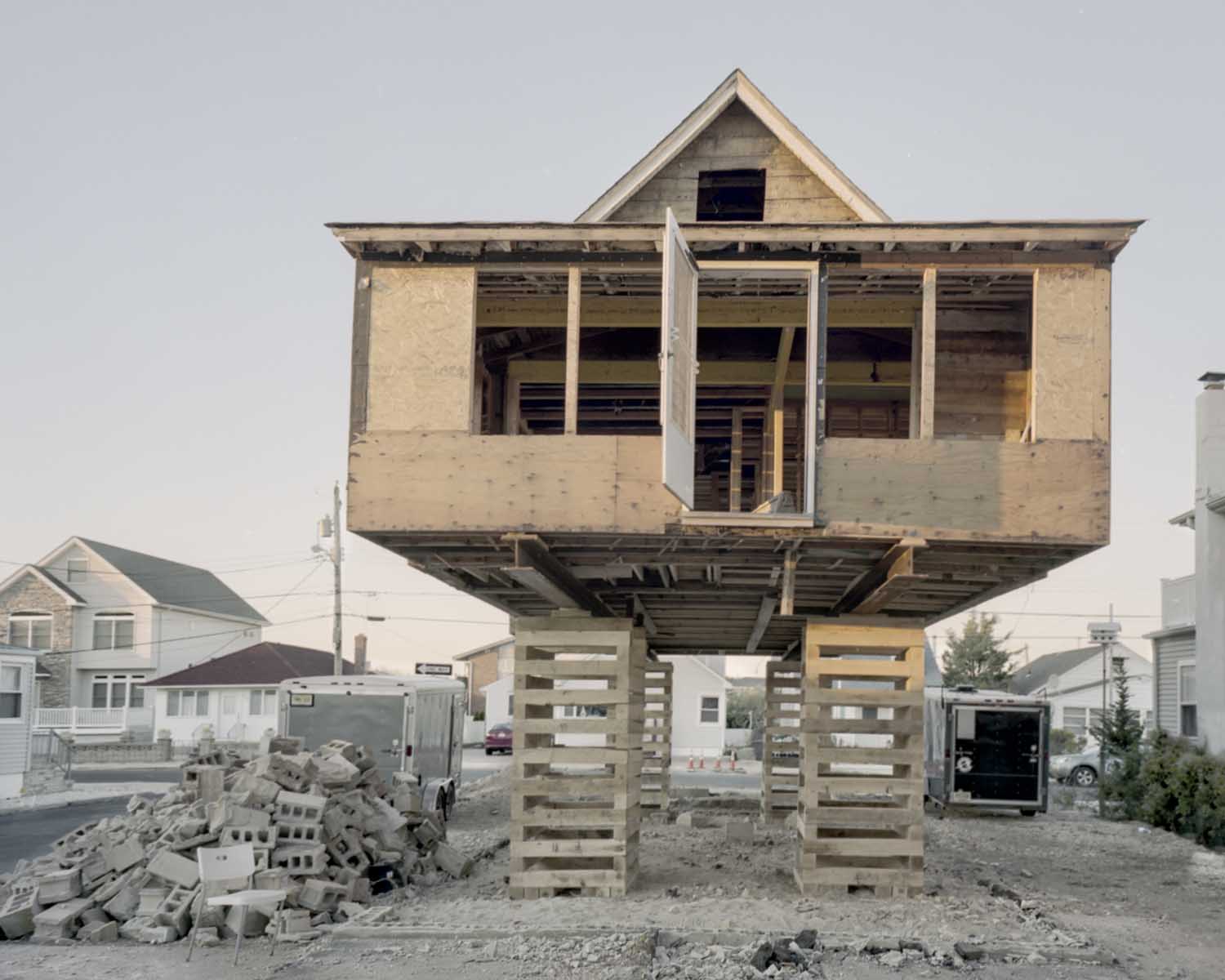
This blog is part of a series of exclusive interviews with the winners of The Fence 2016. The Fence is an large-scale outdoor photography installation exhibited in multiple major cities across the USA. Each year, photographers of all levels are invited to submit work that fits under one or more thematic categories. The Fence was conceived by United Photo Industries and Photo District News in 2011.
---
Ira Wagner is a photographer interested in the built environment and what it can reveal about a place and its inhabitants. He began studying photography after a 27 year career on Wall Street. His current project, 'Houseraising' looks at the reconstruction of the Jersey Shore after Hurricane Sandy.
Hi Ira, what was it about photography that prompted your career change?
I always had a love for photography. When I was in junior high school, I delivered the newspaper and saved my quarters to buy my first 35mm camera around 1970 – a Minolta SRT 100. When I left Wall Street, I knew I wanted to take some photography classes and began attending classes at ICP. There I was exposed to a broad range of genres and practice and began to explore the urban landscape, which remains a major interest of mine. One of my teachers at ICP suggested getting an MFA Degree, which would possibly lead to teaching. A guest lecturer mentioned the new limited-residency program at Hartford, which is where I attended and was a good fit for both my interests and my life at that time.
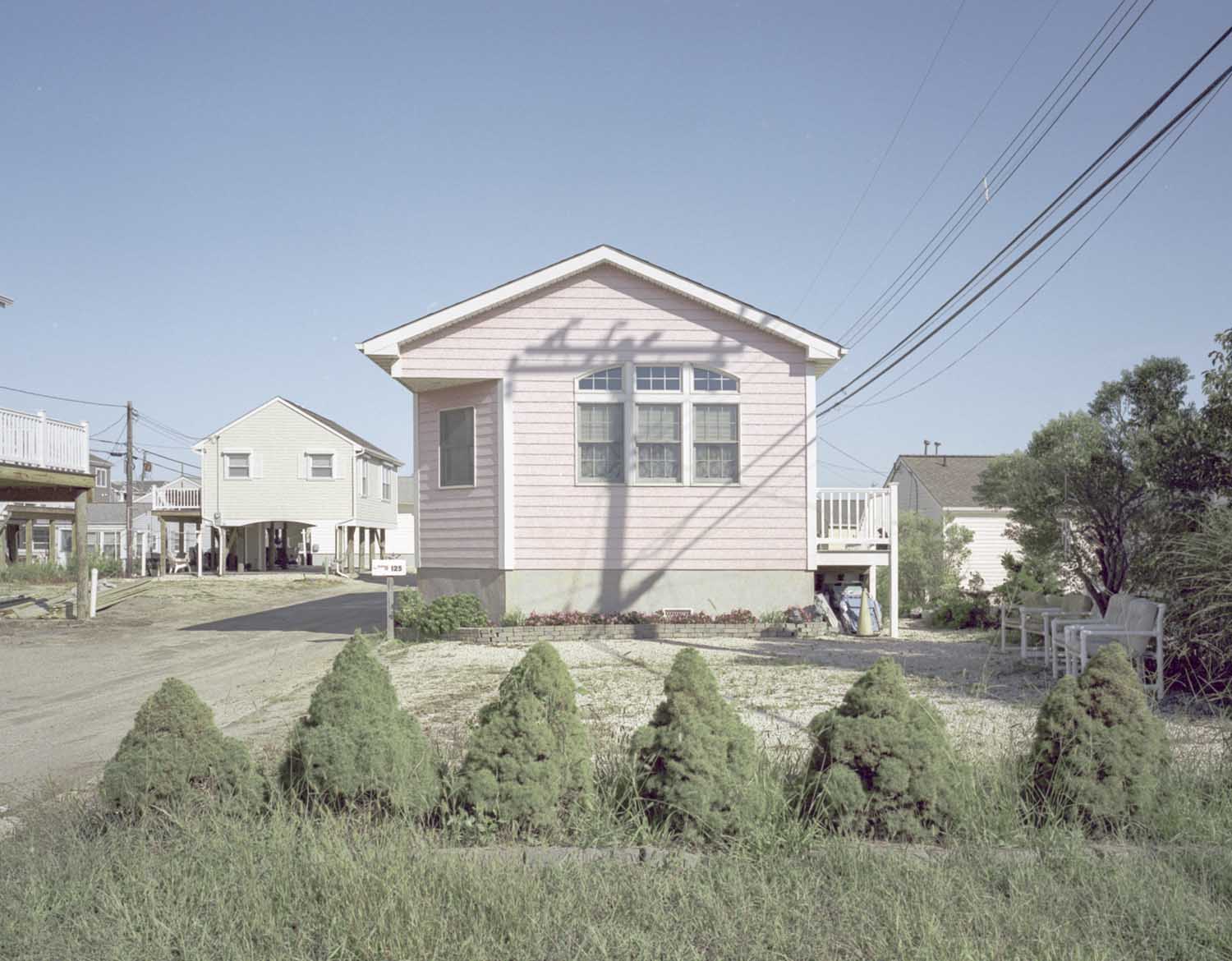

You currently teach photography, as you came to photography late in your career, is it interesting to be teaching people at the start of their careers?
Yes, it is very exciting to be teaching college students. Whether they are art students or taking photography from another department, I enjoy giving the students a means of personal expression and providing them both the freedom and security to explore the medium. When I worked on Wall Street, I made it a point to work with new employees from college and graduate school and help them learn and take on more responsibility. I think this was an important reason why I was able to get a teaching position. It is a thrill to see them develop their own style and approach. I also have had the opportunity to teach a range of courses, including more advanced levels as well as the history of photography. As a result, I have been able to work with a number of students over several semesters. It has been rewarding beyond measure to see how they develop and prepare amazing work for their senior shows.
Where did your interest in Architectural photography first come from?
I have always been interested in exploring cities and the built environment. In college, I was a government major and focused on the study of public policy and urban development. I even went for one year to graduate school in urban planning before switching to get an MBA. I feel that through photography, I have returned to my roots in examining the built environment, particularly where people choose to live and what their neighborhoods look like.
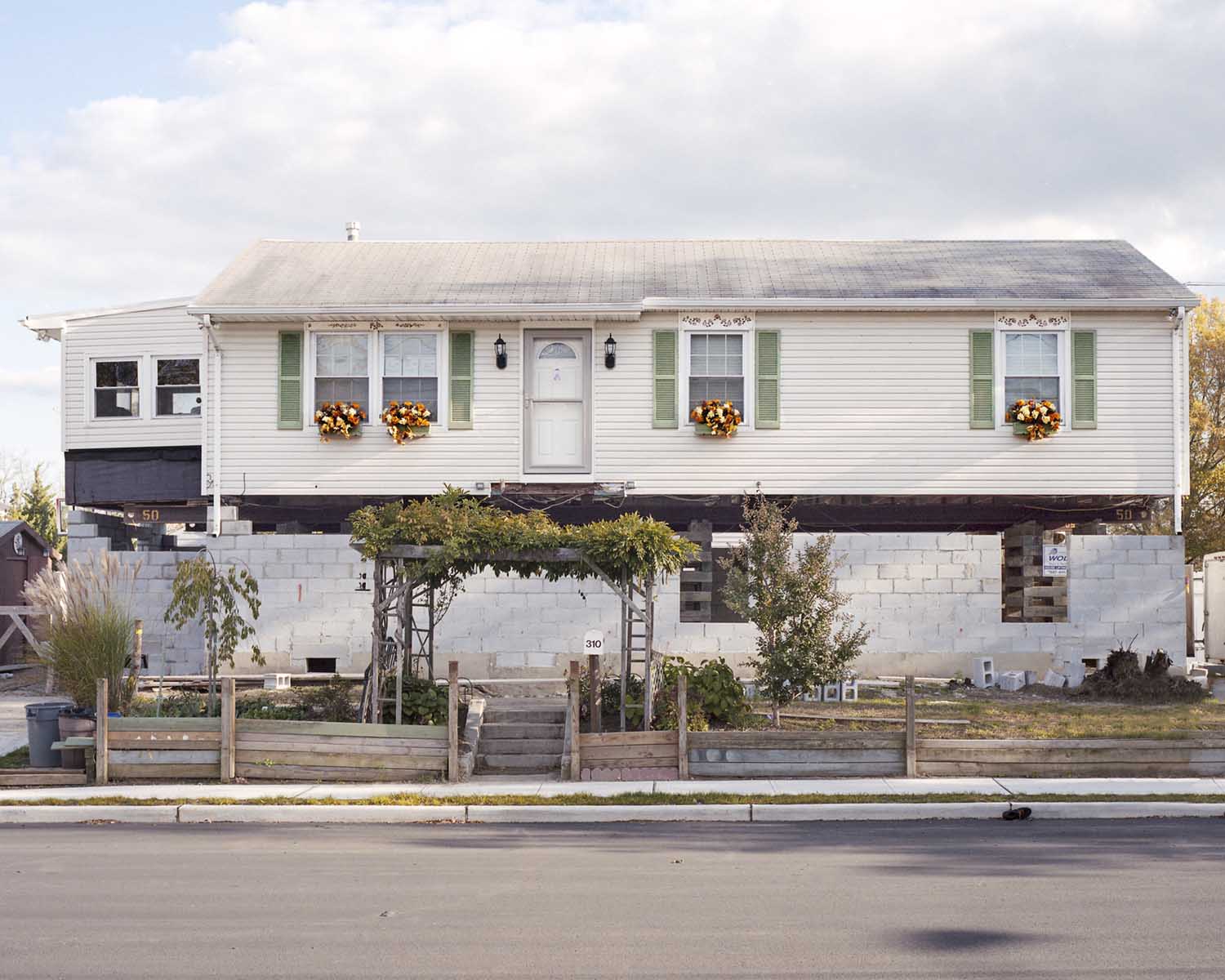
As you live in New Jersey, do these changes feel more obvious to you as you are documenting them?
I think photography has definitely made me more observant of the local environment. New Jersey has an amazing range of landscapes and I’ve thought about applying what I’ve learned of photographers documenting the landscape and applying it locally.
How do you feel your images help audiences to understand the effects caused by Hurricane Sandy?
I think what can be lost in any sort of disaster like Hurricane Sandy is how it impacts an individual. While the reasons vary around the world, displacement from one’s home is often the result of either natural or man-made events – earthquakes, global warming, war, persecution. The project speaks to one’s desire to maintain their home in the face of adversity.
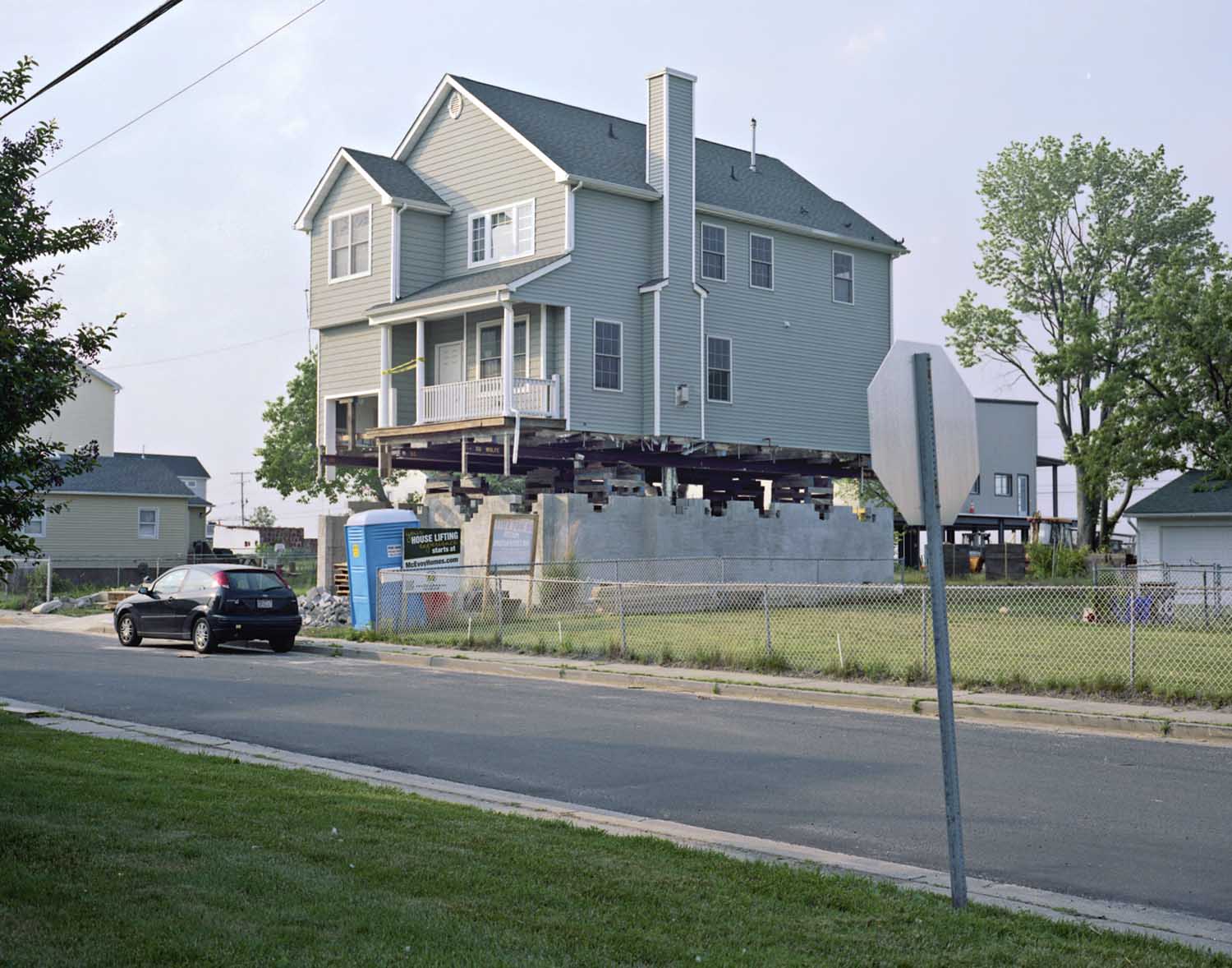
What advice would you give to those wanting to get into photography?
I think the most important thing is to have a desire to make images and to keep working without regard to any recognition you might receive. A book worth reading is Art and Fear, which talks about how many art students give up their practice within a few years of leaving school. Keep your expectations low – but keep on making work.
Do you have a photographic philosophy?
Photography is my way of being an explorer. My work develops over the time I’m spending on each project I undertake. In general, I try and match my tools (camera, format, film/digital) to my intended subject. Right now, I’ve been photographing New York’s Highline, a former elevated rail line that served industry on Manhattan’s west side that was converted into a public park. I’m using a 6x17 back on my view camera and shooting in black and white. The format replicates what it is like to walk and observe on the Highline and at the same time, creates fascinating patterns of old and new, light and shadow, and line and shape.
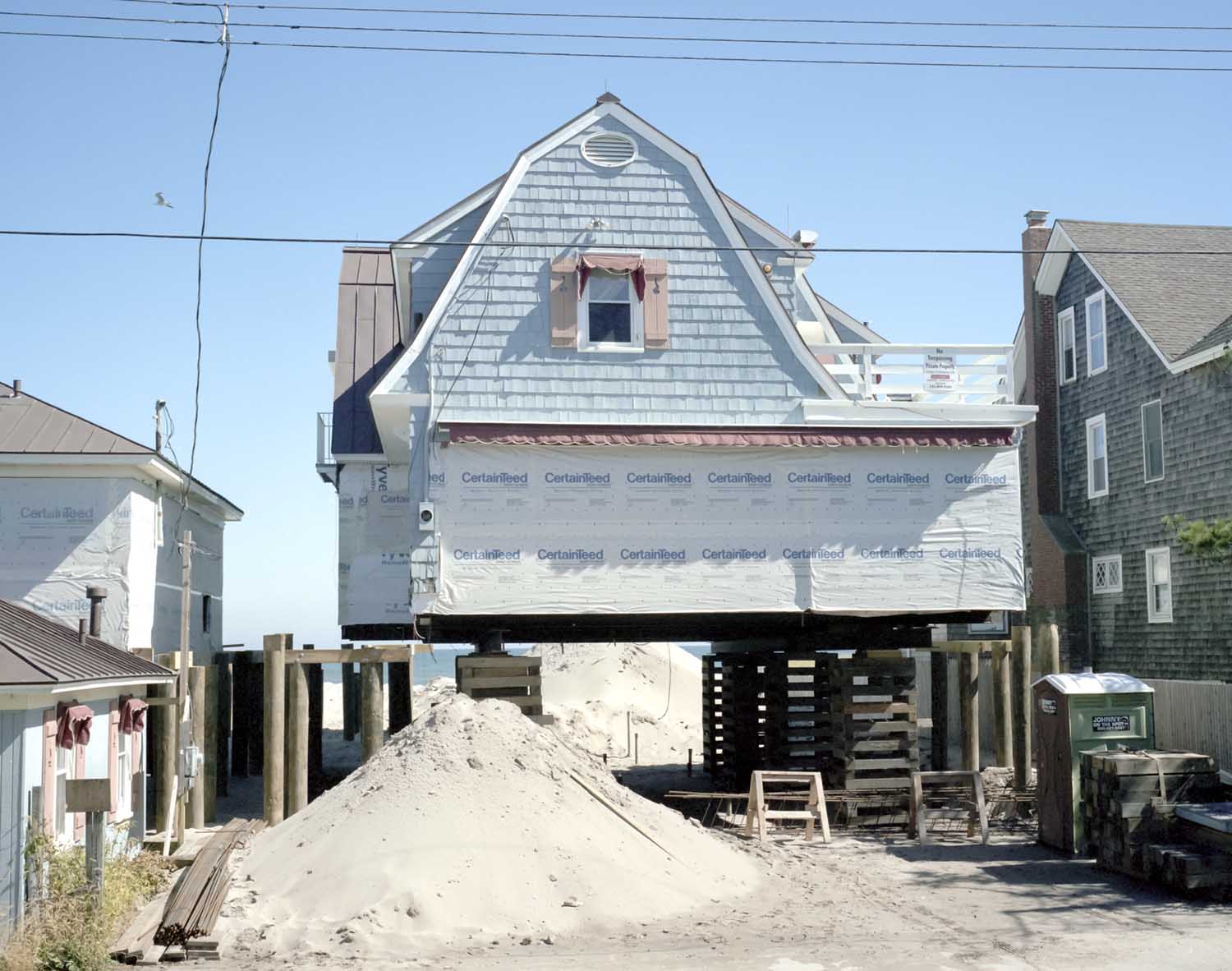
Where in the world are you and what’s next for you?
I am starting on a new project that I think will keep me busy for the next couple of years at least. I loosely call it 'Acela'. It is looking at the landscape that exists along the train line between New York and Washington. It is a route that I used to take frequently in my banking career and I loved looking out the window and seeing the range of landscapes that exist there. Between the two centers of power in the US, the landscape encapsulates much of the history, problems and opportunities that exist in the US today. You pass through difficult and troubled neighborhoods in Baltimore, Philadelphia, Trenton and smaller cities such as Chester, Pennsylvania, past shut factories, abandoned homes, but also new developments, working and middle class communities, places that are being revitalized and natural beauty as well, like when the train crosses the Susquehanna River near the Chesapeake Bay.
I also love teaching and hope to continue that. Through teaching the history of photography, I’m also interested in trying to learn some of the original processes of photography, such as wet plate collodion.
iwphotoart.com
Instagram
fence.photoville.com


